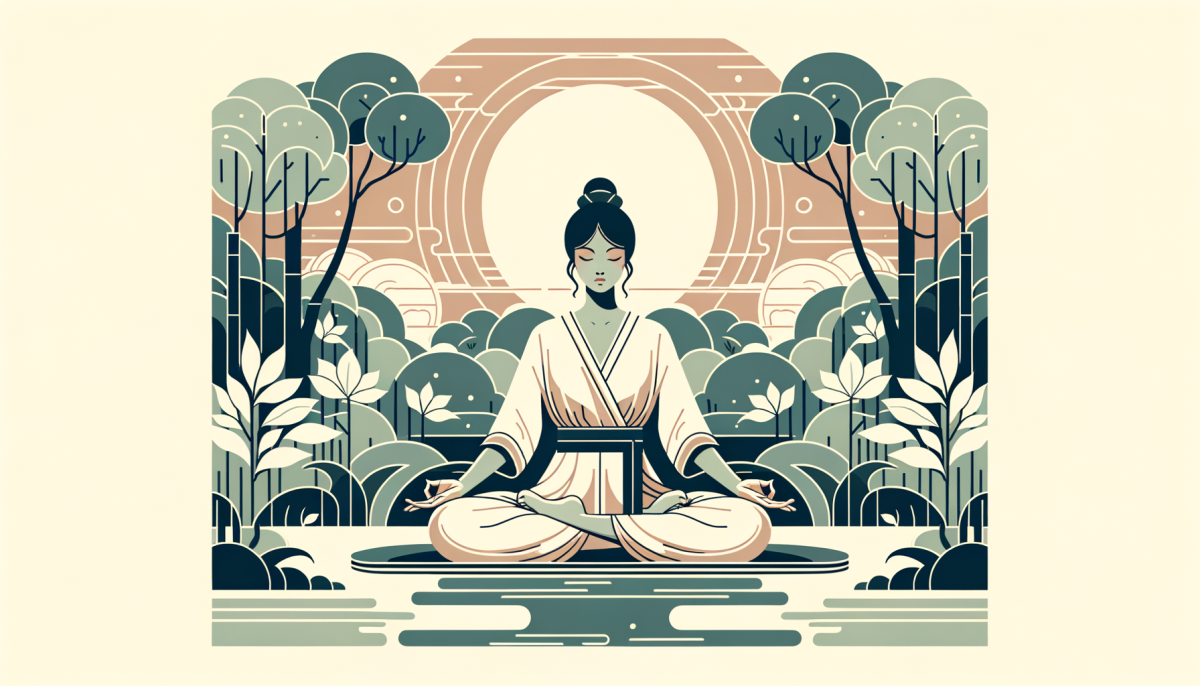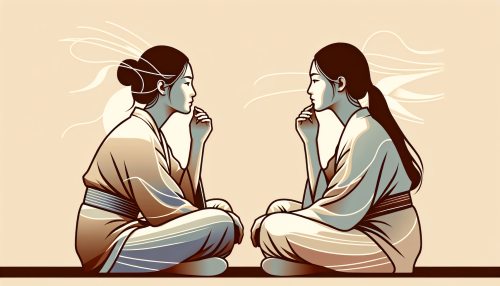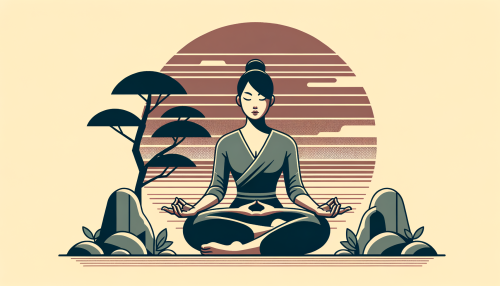Introduction
In the labyrinth of life, where stress and anxiety often lurk in the shadows, there exists a beacon of tranquility known as guided imagery. This powerful tool, often overlooked, holds the potential to transform our mental landscape, providing a sanctuary of calm amidst the tumultuous storms of daily existence.
Understanding Guided Imagery

Guided imagery, a term that may seem enigmatic to the uninitiated, is a technique that harnesses the power of the mind to evoke relaxation and healing. It is a cognitive process that prompts the individual to visualize a specific image or scenario with the intention of eliciting a positive physiological response.
This technique is rooted in the premise that the mind and body are intricately connected, and that our thoughts can significantly influence our physical and emotional well-being. By consciously directing our mental imagery, we can steer our body towards relaxation, healing, and overall wellness.
Guided imagery is not a novel concept; it has been utilized in various forms across different cultures and epochs. From the ancient practices of meditation and visualization in Eastern philosophies, to the modern applications in psychotherapy and holistic medicine, guided imagery has proven its efficacy time and again.
The process of guided imagery involves a series of steps, beginning with deep relaxation. This is typically achieved through deep breathing exercises, progressive muscle relaxation, or other relaxation techniques. Once a state of deep relaxation is attained, the individual is guided to visualize a peaceful and calming scenario. This could be a serene beach, a tranquil forest, or any other scenario that evokes a sense of peace and calm.
Stress Relief Techniques
In the realm of stress management, guided imagery serves as a potent tool. It offers a respite from the relentless onslaught of stressors, providing a sanctuary of calm and tranquility. The process of visualization serves as a mental escape, allowing the individual to retreat from the stress-inducing stimuli of the external world.
One of the most effective stress relief techniques involving guided imagery is progressive muscle relaxation combined with visualization. This technique involves systematically tensing and relaxing different muscle groups in the body, while simultaneously visualizing a calming scenario. This dual approach not only helps to alleviate physical tension, but also promotes mental relaxation.
Another effective technique is deep breathing combined with guided imagery. Deep breathing helps to activate the body’s relaxation response, slowing the heart rate and lowering blood pressure. When combined with guided imagery, it can significantly reduce stress levels and promote a sense of well-being.
Achieving Mental Peace
Guided imagery is not merely a tool for stress relief; it is also a pathway to mental peace. By harnessing the power of our mind, we can cultivate a state of inner tranquility that remains unshaken by external circumstances.
Achieving mental peace through guided imagery involves a consistent practice of visualization. This practice helps to rewire our brain, fostering positive thought patterns and reducing negative ones. Over time, this can lead to a significant reduction in anxiety and stress, paving the way for mental peace.
Moreover, guided imagery can also help to enhance self-awareness. By focusing our attention on our inner world, we become more attuned to our thoughts and emotions. This heightened self-awareness can enable us to better manage our emotional responses, contributing to a greater sense of mental peace.
Conclusion
In conclusion, guided imagery is a powerful tool that can aid in stress relief and the attainment of mental peace. By harnessing the power of our mind, we can transform our mental landscape, cultivating a sanctuary of calm amidst the tumultuous storms of life. Whether you are grappling with stress, anxiety, or simply seeking a greater sense of tranquility, guided imagery offers a pathway to peace and well-being.





